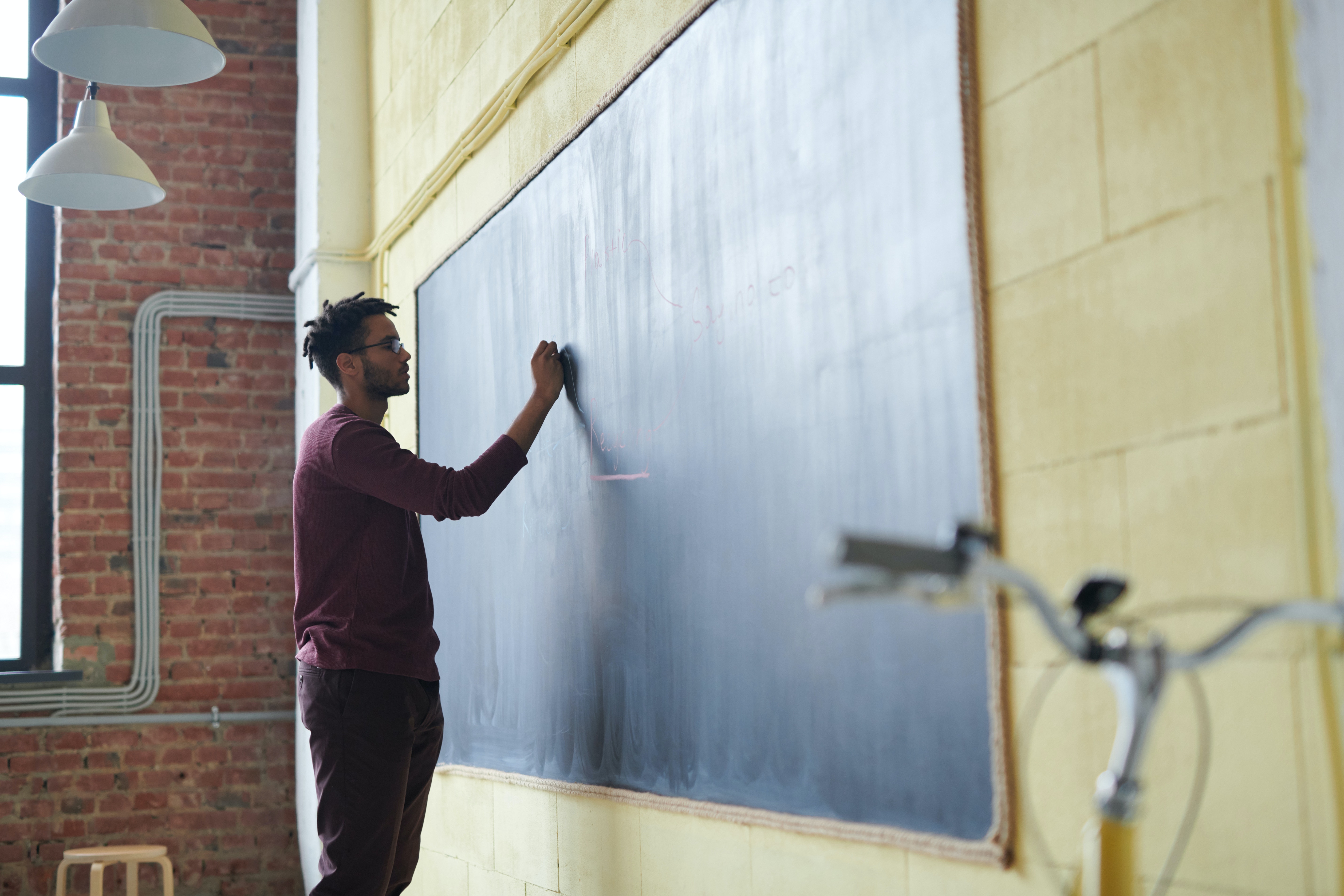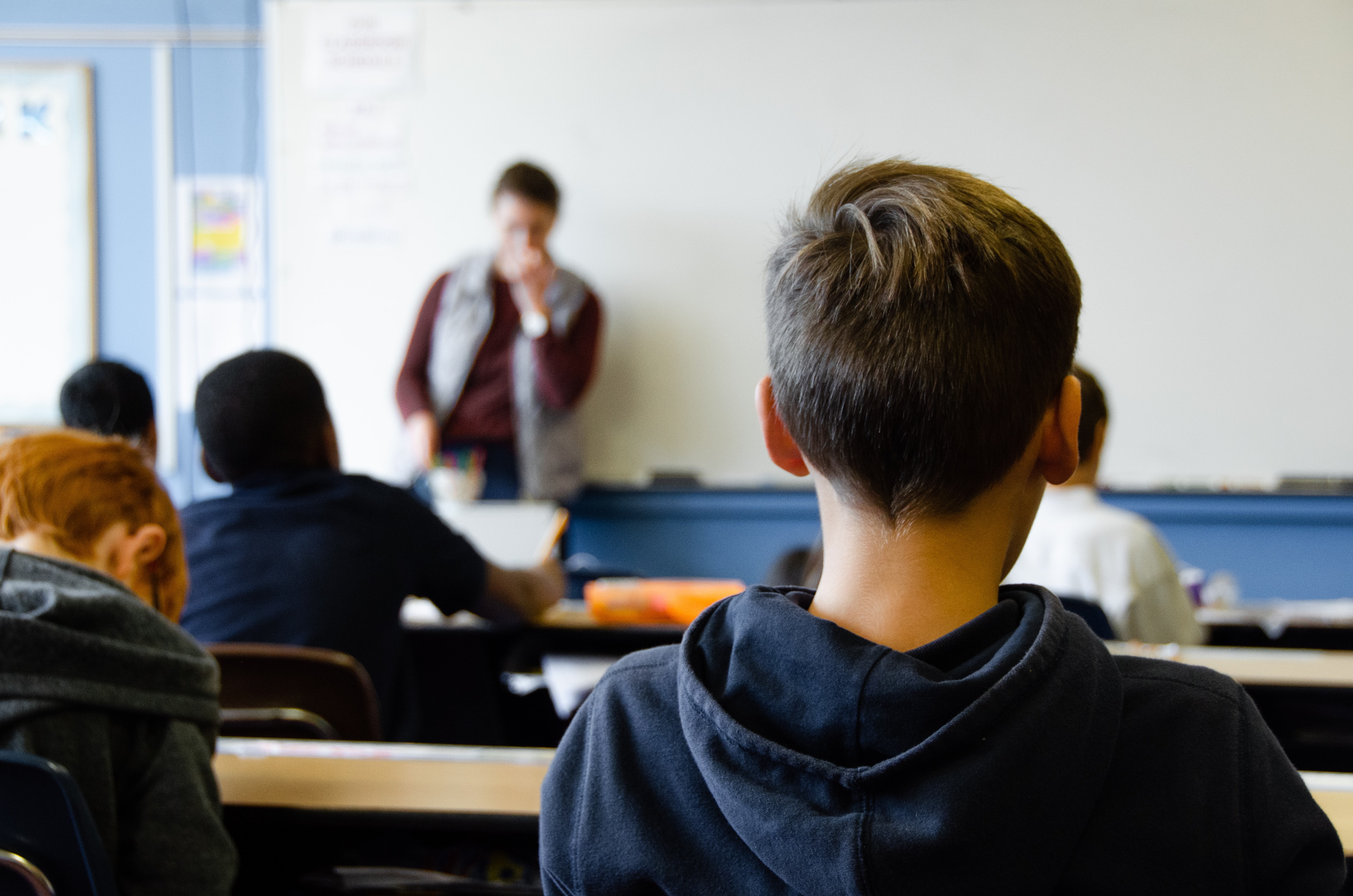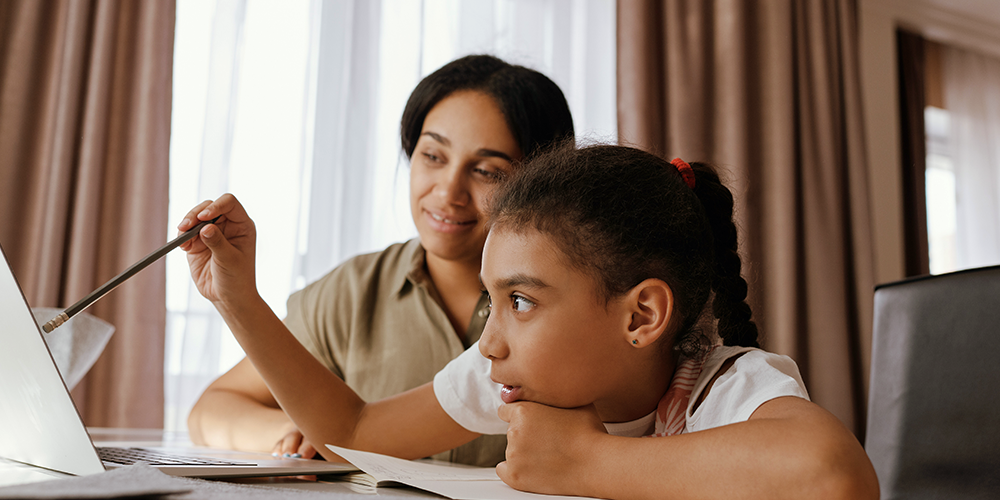It’s been over two years since the world of education was immersed in remote instruction, and it has been great to return to our campuses and classrooms in as safe a manner as possible. But what lessons from remote teaching can we implement in our classrooms today? Check out these insights:
#1. Teacher Confidence: Owning Your Professional Growth
Do you remember that anxious feeling of the unknown that ultimately played itself out in remote instruction? “Asynchronous” and “synchronous” became the new educational buzzwords, and they still remain part of our edu jargon today. Most classroom teachers, school leaders, and the surrounding community wondered what was going to happen. What I call the “edtech gorge” soon began.
Teachers started learning and devouring resources, strategies, and best practices to fit virtual learning. Professional development took on a furious and focused necessity. Teachers engaged in webinars, conducted conversations on social media, and created on-demand learning opportunities through their colleagues, instructional coaches, and YouTube. Confidence and refinement took center stage. Many educators did things they never thought they could do before. Teachers met with their coaches virtually, created digital lessons using new tech resources, and even learned how to use virtual breakout rooms! That expanded the already intrinsic belief that no matter what is trending in education, educators WILL rise to the occasion.

Confidence is an important trait. Not only can we tap into it again and again as educators, but we can also share and develop it with our students. Progressing in your pedagogy and practice with confidence is how you develop as an educator. Refinement comes from reflection, observation, and implementation–and that type of personal and professional growth has to start within us. After the implementation, we start the process again and continue our growth. Several teachers in my own district mentioned the new “swagger” which they now use in a return to face-to-face instruction.
If you are a teacher, you will battle trends, compensation, student progress, mandated assessments, and even more challenges. Do not forget that humble, burning confidence to help you get through those tough situations. Teachers are more empowered than ever. Through the challenges and changes, they accepted the fight, persevered through adversity, and are now stronger educators than they were before.
#2. Classroom Versatility: Making Your Practice Fit
Many of us found out that a brick and mortar campus does not make a school or classroom. We had to spin our content, lessons, and devices into a virtual setup in a matter of days. Our learning spaces changed weekly, if not daily. With so many different components from student attendance, device setup, lesson delivery, and tech support, the classroom had to become a versatile platform. So why not keep that versatility in the learning environment we have now? Versatile means adaptable to fit many different functions or activities. To go further with that meaning, fit can be described as relevant, appropriate, and student-centered.
When we had to teach students both physically in class and virtually at the same time, we made our classrooms fit. When we had to find answers to grouping, engagement, and collaboration, we made our classrooms fit. Educators developed creative ways to move from “Sage on the Screen” to facilitator of learning. That versatility hopefully is here to stay. So then what will that look like in the classroom going forward? Many teachers leveraged the power of video to record lessons. They were also able to purposefully re-watch those video recordings and critique the phases of their lesson cycle. What a powerful way to self-assess how you teach! Along with that, students could watch and get up to speed on the most recent lessons. Recorded lesson plans strengthen the equity for students who miss a class or need remediation. Adapting your teaching style is another way teachers can keep versatile in the classroom. That’s not only remote instruction evident, it’s just good pedagogy.
I found that when I adjusted my style of teaching to better fit student needs, I connected more and had more success. It shows up currently as being more mobile, changing up seating, utilizing a learning space, incorporating new technology, and even chunking the lesson. Expecting the world we teach in now to remain constant is hopeful, yet not practical. Staying as versatile in your classroom to best fit the needs of our learners is more imminent, and quite frankly, essential.

We learned a ton from remote instruction. I like to think that I’m a better educator now than before. That mostly happens when we climb and surmount challenges. Time to finally take a breath. However, we can’t rest on our laurels. Let’s combine what we learned, and are now adapting from today, to make our classrooms the most complete and positive learning spaces we can.
Recommended Reads:






